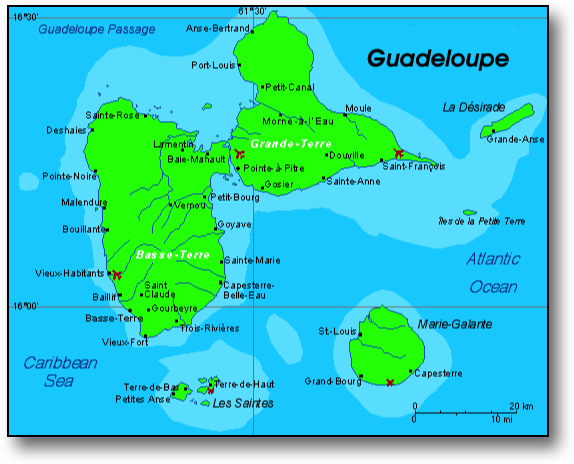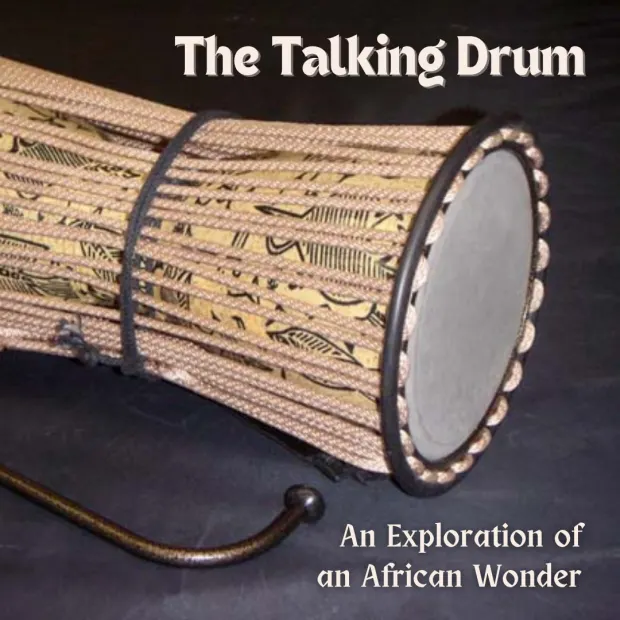Versatility in the French-speaking Carribean
Having any discussion on Chapter 2 of Tour De Force is hardly complete without mentioning the versatility of these Francophone Caribbean nations. Let's look at a few examples of versatility from the book and an extra example from an external source.
1) When looking for examples of versatility in the French-speaking Caribbean, Negritude is the first thing that pops out at me. According to Gangelhoff and LeGrand, "Negritude was a literary movement of African- and Caribbean-French writers and intellectuals that arose in the 1930s, inspired in some part by the Harlem Renaissance in the United States during the culturally rich 'roaring 20s.'" (Tour De Force) I consider this to be a very versatile movement because it accomplishes a variety of things. For starters, in Tour De Force it mentions, "the goals of the Negritude movement was to affirm pride in shared African heritage and retention of African cultural traditions in the diaspora." This encouragement of the conservation of African culture was huge because, for many, this rich heritage was getting washed away by the practices and beliefs of the colonizers. Gangelhoff and LeGrand continue, "In addition to a rich literary and intellectual output, negritude also stimulated the independence, anti-colonial, and identity-building movements of the 20th century." Negritude was a powerful movement that was able to capture the feelings and emotions of many that were descendants of the African diaspora.
An example of the style of art that was common throughout contemporaries of the Negritude movement.

Retrieved from "Black Past"
https://www.blackpast.org/global-african-history/negritude-movement/
3) The odondo drum was a great example of versatility in the French-speaking Caribbean, but what if we expand a bit for this next entry and take a look at the entire country of Guadeloupe. More specifically, the geological setup of the archipelago is quite diverse. According to Global Security, "One part of the territory is characterized by a mountainous landscape and tropical forests, the other a flatter landscape with mangrove swamp to the southwest." This makes the land itself very versatile, catering to various crops and a wide variety of wildlife. Additionally, Global Security goes on to say that "Much of the coastline of Guadeloupe benefits from the protection of coral reefs." With the coral reefs breaking the waves and the mountains breaking the winds, any incoming storms will have a hard time effectively penetrating this island archipelago.
A picture showing a top side view of Guadeloupe on the map.
Retrieved from "French Caribbean"
https://frenchcaribbean.com/Guadeloupe/Helpful-Info/Maps/
https://www.youtube.com/watch?v=n-dfamIstAY
References
Gangelhoff, Christine, and Cathleen Legrand. Tour De Force: A Musical Journey of the Caribbean. Sound Caribbean, 2019.
Micklin, Anna. “Negritude Movement .” Black Past, 13 Aug. 2019, https://www.blackpast.org/global-african-history/negritude-movement/.
“What Is Négritude? (Movement).” Youtube, https://www.youtube.com/watch?v=wNVLRsP7grQ.
Femi. “Kalangu, Gangan, Odondo: An Exploration of the Talking Drums of Africa.” Spinditty, Spinditty, 4 Feb. 2014, https://spinditty.com/instruments-gear/The-Talking-Drum-The-Talking-Drum-Kalangu-Gungun-Odondo-drum.
“African Drumming - Rhythms of West Africa - Tamafola - YouTube.” Youtube, https://www.youtube.com/watch?v=3hrtbZVO6Ng.
“Guadeloupe Maps: French Caribbean.” The Leading Resource for Guadeloupe, Martinique, St. Barts and St. Martin, https://frenchcaribbean.com/Guadeloupe/Helpful-Info/Maps/.
“The Active Volcano in the Caribbean; Soufrière ... .” Youtube, https://www.youtube.com/watch?v=n-dfamIstAY.

Comments
Post a Comment